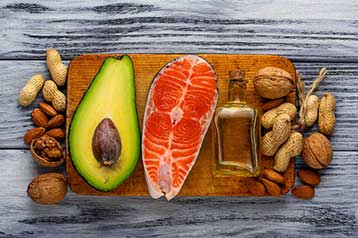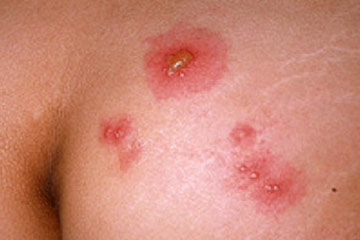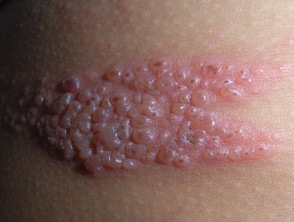What Causes Iron Deficiency?
Iron deficiency has many causes. These causes fall into two main categories:
1. Increased iron needs
Many common conditions can cause people to need additional iron:
- Because of their rapid growth, infants and toddlers need more iron than older children. Sometimes it can be hard for them to get enough iron from their normal diet.
- Women who are pregnant have higher iron needs. To get enough, most women must take an iron supplement as recommended by their healthcare provider.
- When people lose blood, they also lose iron. They need extra iron to replace what they have lost. Increased blood loss can occur with heavy menstrual periods, frequent blood donation, as well as with some stomach and intestinal conditions (food sensitivity, hookworms.)
2. Decreased iron intake or absorption (not enough iron taken into the body)
The amount of iron absorbed from the diet depends on many factors:
- Iron from meat, poultry, and fish (i.e., heme iron) is absorbed two to three times more efficiently than iron from plants (i.e., non-heme iron).
- The amount of iron absorbed from plant foods (non-heme iron) depends on the other types of foods eaten at the same meal.
- Foods containing heme iron (meat, poultry, and fish) enhance iron absorption from foods that contain non-heme iron (e.g., fortified cereals, some beans, and spinach).
- Foods containing vitamin C (see Dietary Sources of vitamin C) also enhance non-heme iron absorption when eaten at the same meal.
- Substances (such as polyphenols, phytates, or calcium) that are part of some foods or drinks such as tea, coffee, whole grains, legumes and milk or dairy products can decrease the amount of non-heme iron absorbed at a meal. Calcium can also decrease the amount heme-iron absorbed at a meal. However, for healthy individuals who consume a varied diet that conforms to the Dietary Guidelines for Americans, the amount of iron inhibition from these substances is usually not of concern.
- Vegetarian diets are low in heme iron, but careful meal planning can help increase the amount of iron absorbed.
- Some other factors (such as taking antacids beyond the recommended dose or medicine used to treat peptic ulcer disease and acid reflux) can reduce the amount of acid in the stomach and the iron absorbed and cause iron deficiency.
| Increased Iron Needs | Decreased Iron Intake and Absorption |
|---|---|
|
|
Who is at Risk
- Young children and pregnant women are at higher risk of iron deficiency because of rapid growth and higher iron needs.
- Adolescent girls and women of childbearing age are at risk due to menstruation.
- Among children, iron deficiency is seen most often between six months and three years of age due to rapid growth and inadequate intake of dietary iron. Infants and children at highest risk are the following groups:
- Babies who were born early or small.
- Babies given cow's milk before age 12 months.
- Breastfed babies who after age 6 months are not being given plain, iron-fortified cereals or another good source of iron from other foods.
- Formula-fed babies who do not get iron-fortified formulas.
- Children aged 1–5 years who get more than 24 ounces of cow, goat, or soymilk per day. Excess milk intake can decrease your child's desire for food items with greater iron content, such as meat or iron fortified cereal.
- Children who have special health needs, for example, children with chronic infections or restricted diets.






